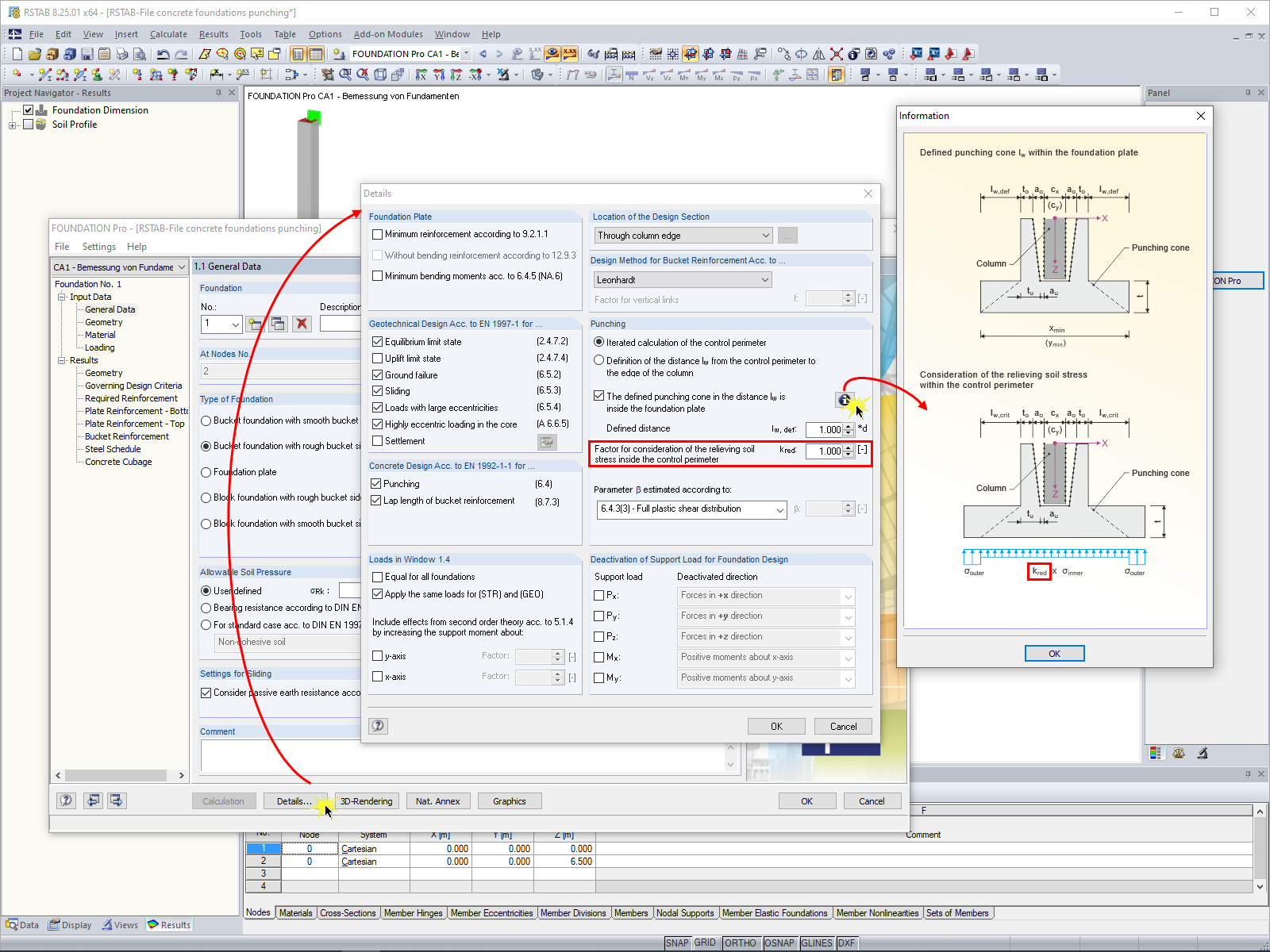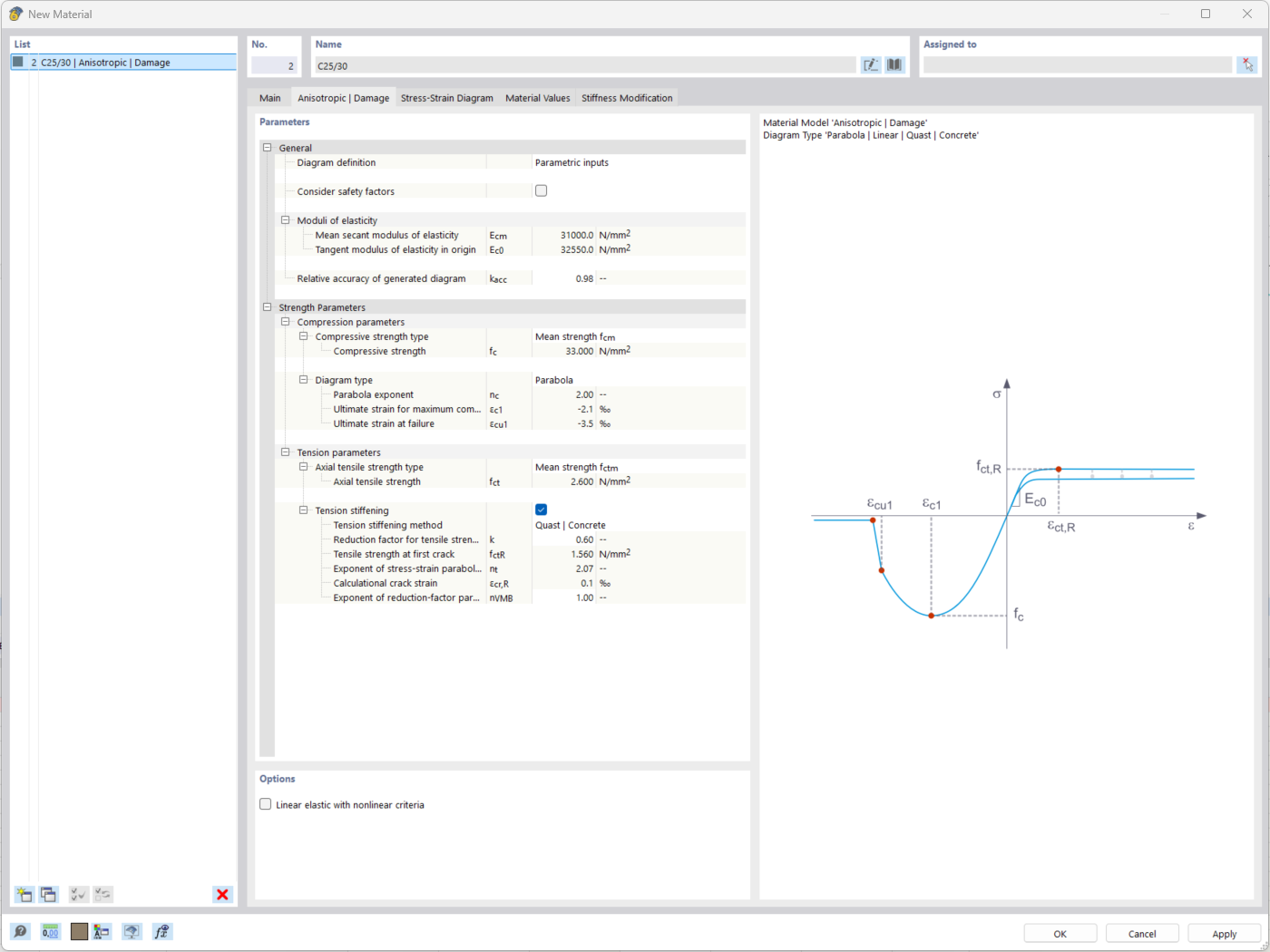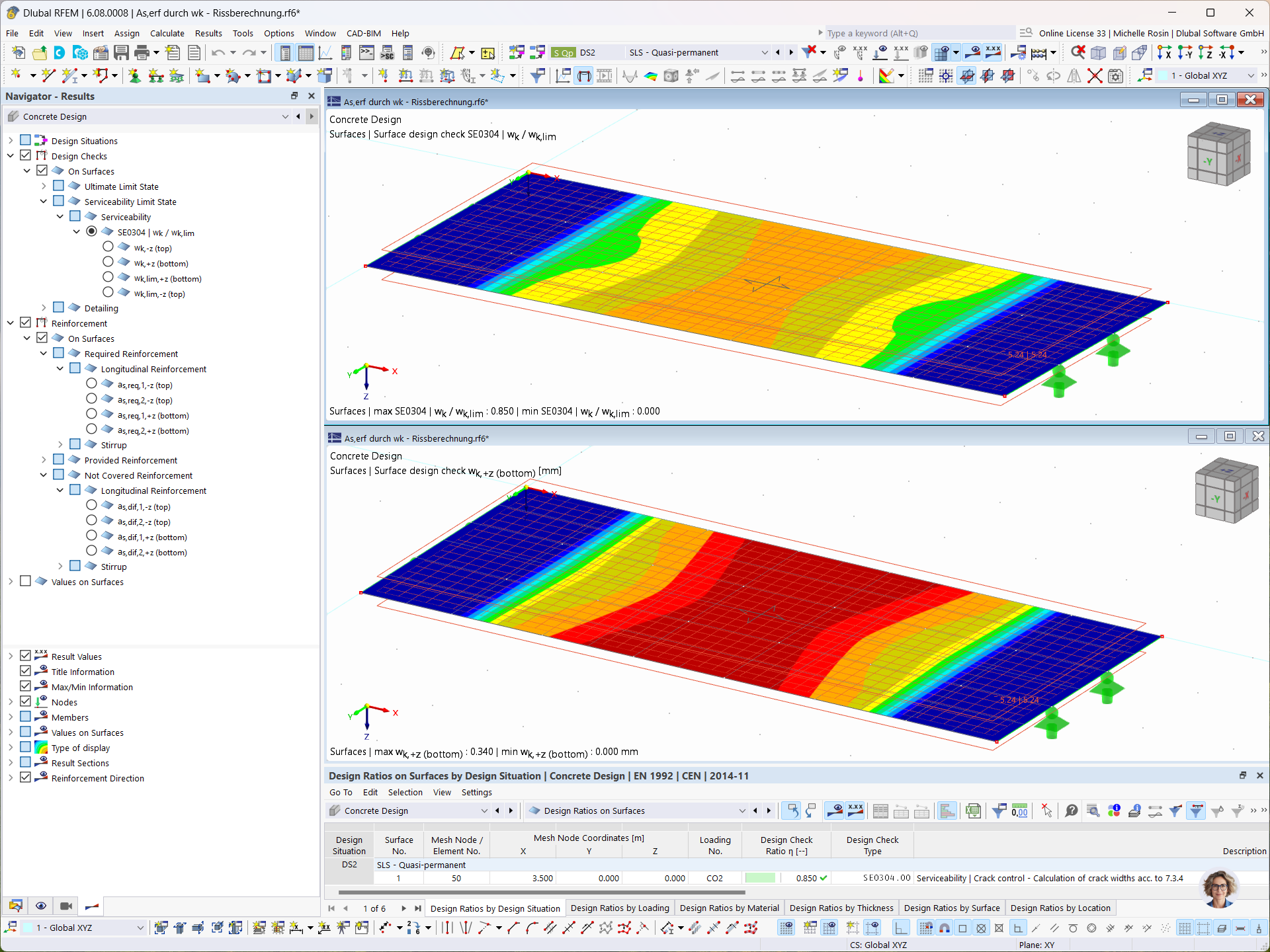For the sake of traceability, the following example is used.
The tube is considered to be closed on both sides. As a result, on one hand, pressure is exerted perpendicular to the inner "lid surface".
The resulting force must, in turn, be absorbed by the pipe wall. This results in longitudinal stress that can be calculated as follows:
where
ri, re = inner and outer radius
On the other hand, the internal pressure acts perpendicular to the pipe's inner wall. This results in tangential and radial stress that can be determined by the following formulas:
where
r = radius in the limits ri ≤ r ≤ re
It can be seen that the stresses depend on the considered radius r. This implies, conversely, that these run unevenly across the cross-section. For thin-walled tubes (outer diameter/inner diameter < 1.2), however, uniform stress distribution can be assumed. This results in the mean tangential or radial stress to:
Inserting the input values into the formulas results in the following stresses:
The internal pressure also results in a change in the length of the pipe. In general terms, the change in length is equal to the product of the length with the strain epsilon:
ΔL = L ∙ ε
The strain of the pipe results from the three stresses just calculated:
The change in length is therefore:
ΔL = 10,000 mm ∙ 3 ∙ 10 -5 = 0.3 mm
The results calculated manually can also be reproduced in RFEM (deformation) or in the steel design modules (stresses).
The activation of the Bourdon effect in the global calculation parameters of RFEM is important for the deformation. If you want to consider not only the axial strain of pipes but also the expansion of pipe bends, you can use the RF-PIPING add-on module.
Literature


























































_1.jpg?mw=350&hash=ab2086621f4e50c8c8fb8f3c211a22bc246e0552)














.png?mw=600&hash=49b6a289915d28aa461360f7308b092631b1446e)










